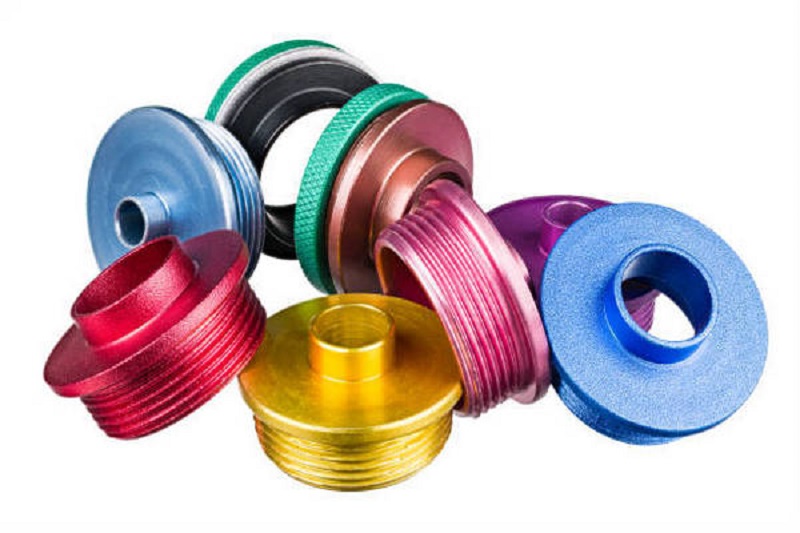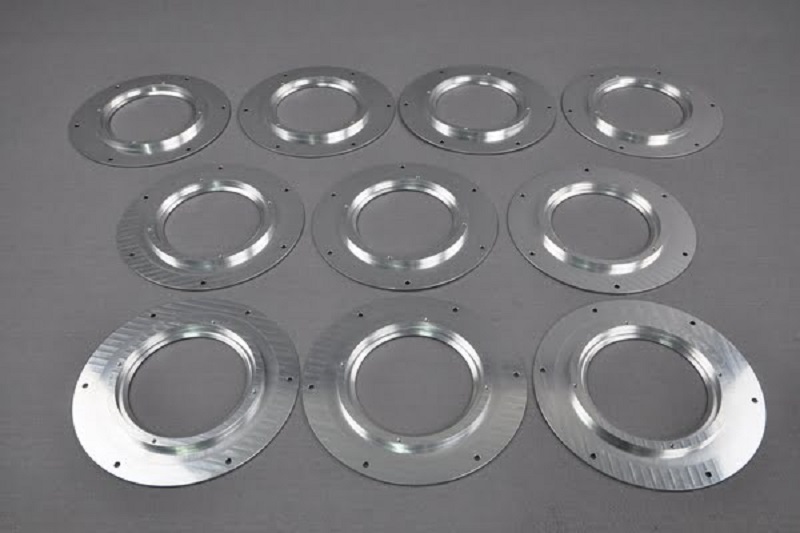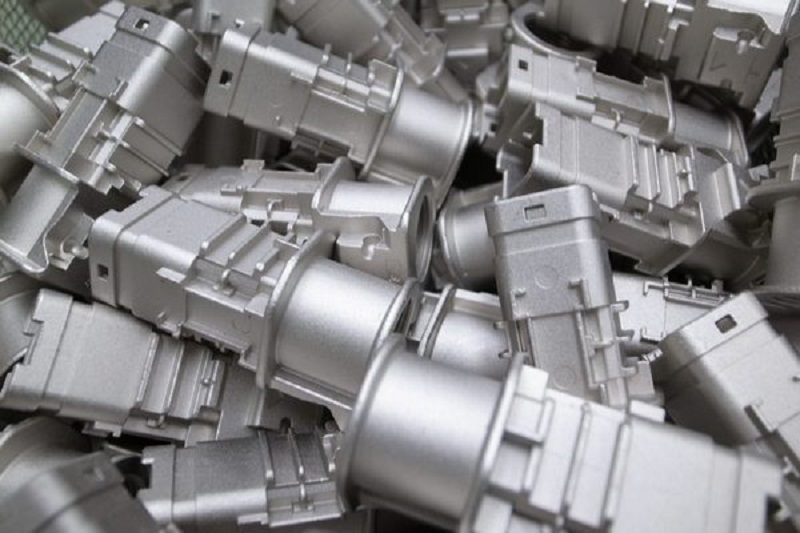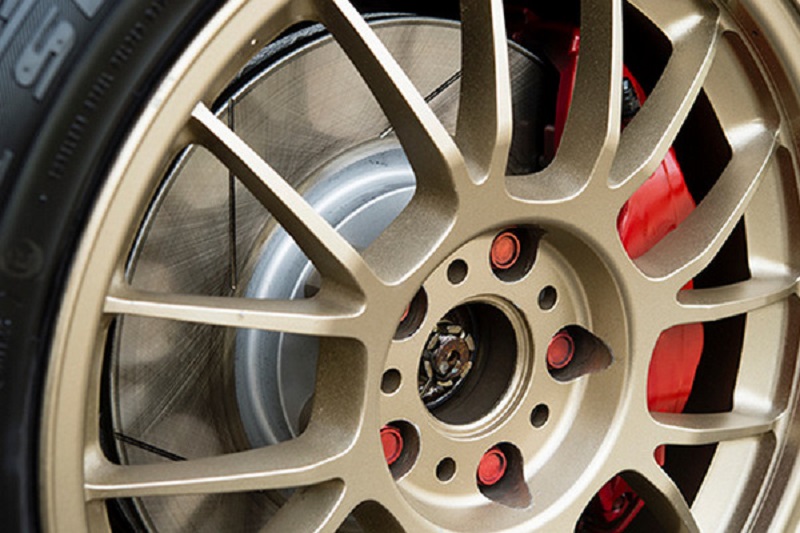Aluminum is a lightweight material that has been used to process a wide range of components in recent years. Following the progress of aluminum machining technology, it can be cut, bent or machined in various ways. Depending on the environment in which it is used, aluminum may require special processing or surface treatment. There are many different surface treatments available, and it is important to consider in advance which surface treatment should be used. In this article we will look at the benefits of surface treatment and how aluminum can be treated.
What is surface treatment
Surface treatment refers to processed by mechanical or chemical methods to form a protective layer to protect the product surface. It can reach a stable state in nature, increase the parts’ corrosion resistance and decoration. Thereby, enhancing the value of the product. The choice of surface treatment should be based on the application environment, service life, and human appreciation. Of course, economic value is also the core consideration.
Surface treatment can be divided into two main categories. One is removal, another one is additive. Removal is a process that removes adhering material from the surface of the material, or the material itself. Such as cleaning, rust removal or etching, which are used as a pre-treatment for additive processes. Additive treatments are all surface treatments other than removal treatments. It can be classified into the following five categories according to the difference in surface modification phenomena.
- Chemical composition of the surface remains unchanged, but the metallurgical structure is changed. Specifically, induction hardening, and flame hardening belong to this kind.
- By chemical reaction on the surface. Like anodize and conversion treatment (or chemical treatment).
- Adding other substances to the surface. Like plating, painting and lining.
- Other elements are impregnated from the surface. Such as carburizing treatment, nitriding treatment.
- Adding other substances on the surface and also imbues other elements at the boundary with the base material. Hot dip galvanizing and thermal CVD.
Benefits of Aluminum Surface Treatment

Surface treatments can transform Aluminum into a product that further exploits its strengths. There are four main benefits that can be achieved by surface treatment of Aluminum.
01. Corrosion resistance
Aluminum can quickly oxidize and corrode in humid environments. Therefore it is necessary to apply surface treatment on aluminum parts to provide corrosion protection.
From our partners:
02. Surface hardening
Aluminum is soft and easily damaged material. With surface treatment, it can harden the aluminum surface and makes it less vulnerable to damage. This helps to prevent damage and to preserve the appearance of the aluminum products.
03. Decoration
Aluminum itself is whitish luster color in natural conditions. By adding surface treatment of aluminum, it can improve the appearance decoration quality. Some surface treatments, such as colored treatments, not only add luster but can also be finished in a variety of colors.
04. Insulation
Aluminum is one of the most electrically conductive metals. And when exposed to the open air, an insulating aluminum oxide is formed on the surface. Surface treatment of aluminum to give it insulating properties allows aluminum to be used for precision mechanical components.
4 Types of Aluminum Surface Treatment
When it comes to surface treatment of aluminum, the most commonly used treatment is anodizing. In addition to anodizing, there are three other types of surface treatment: conversion treatment, plating treatment and painting. Let’s see what they are.
01. Anodizing

Anodizing, also known as anodic oxidation, is a surface treatment in which an aluminum material is placed in an electrolyte, a liquid that conducts electricity, and an electric current is passed through it to form an oxide film on the surface. The aluminum part is protected by the oxide film, which makes it resistant to rust and corrosion. Anodizing can also provide insulating properties.
Anodized products include not only household items such as pots and lunch boxes, but also train and aircraft interiors, car parts and many other items.
There are also two types of anodizing, colored anodizing and hard anodizing. Colored anodized aluminum parts are mainly used for decorative purpose. Because the surface treatment can be used to create aluminum products in a variety of colors. Hard anodizing is produced by electrolytically treating aluminum with a special electrolyte, which forms a thicker oxide film than normal.
02. Conversion treatment

Conversion treatment is a surface treatment in which an oxide film is scientifically formed on the aluminum surface. The oxide film of anodizing, described in the name, is obtained by anodic oxidation (the application of an electric current), which is different from the scientific process. It is characterized by a thinner film than the anodic oxide film. It is therefore slightly less resistant to corrosion than anodizing.
In return, however, conversion coatings can be applied more easily.
It is also used as a base coat for painting, as the conversion film has a better adhesion to aluminum. Whereas anodizing increases the insulation properties, this surface treatment allows electricity to pass through, even though an oxide film is formed.
There are various processing methods, such as the boehmite method, which uses high temperature and pure water to produce an oxide film on the aluminum surface.
03. Plating

Plating is a surface treatment that covers the processed material by depositing another metal. The main feature is that, unlike anodizing and conversion treatment, the material is covered with a metal film rather than an oxide layer. It is mainly applied to steel, but aluminum can also be plated to increase its strength.
Aluminum used to be a difficult material to plate, but nowadays it is possible to form a stable plating. Plating can improve the electrical, mechanical and decorative properties of aluminum parts. There are two types of plating: electrolytic plating and electroless plating.
Electrolytic plating is, as the name suggests, a plating process that uses electricity. The advantage is that it can be applied to a wide range of materials, not just aluminum. It is also relatively inexpensive, and the plating process does not take much time. The disadvantage is that it is difficult to plate complex shapes.
Electroless plating is the process of plating by means of a chemical change without the use of electricity. The advantage is that the plating process can be applied evenly to complex shapes. The disadvantage is that it is more expensive than electrolytic plating and the plating process takes longer.
04. Painting

Painting is a surface treatment in which a film is applied, mainly by brush or spray. In contrast to anodizing, which applies an oxide film, and plating, which applies a metal film, painting applies a resin film to the material. By painting aluminum, it is possible to give it durability. The coating is available in a variety of colors and can be colored according to taste.
Compared to the anodizing and plating processes described above, the surface treatment is easier, and some people prefer to spray the surface instead of using a contractor.
In addition to spraying, there is also electrodeposition coating. In this method, the material to be treated is placed in a water-soluble resin and an electric current is applied to dry the resin film. It is also known as electrodeposition plating but is classified as a coating because the coating is a resin. The advantage of electrodeposition coating is that the resin film adheres more evenly than with conventional coating. It is also very productive and is often used for mass production.
Now, you know the typical aluminum surface treatments. I hope you can understand how they are applied. Want to know more, or if you need any surface treatment of your parts, welcome to waykenrm.com.













